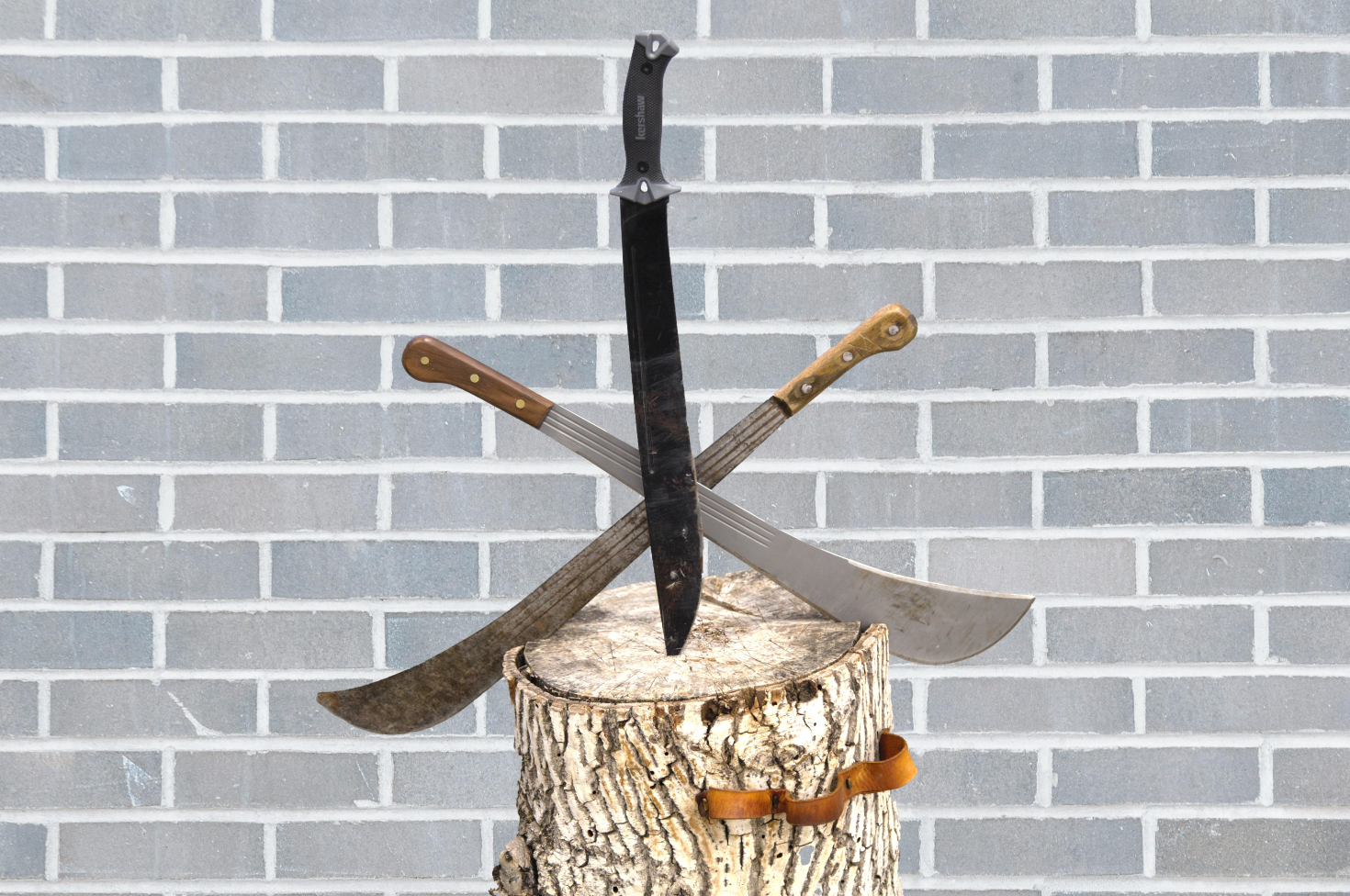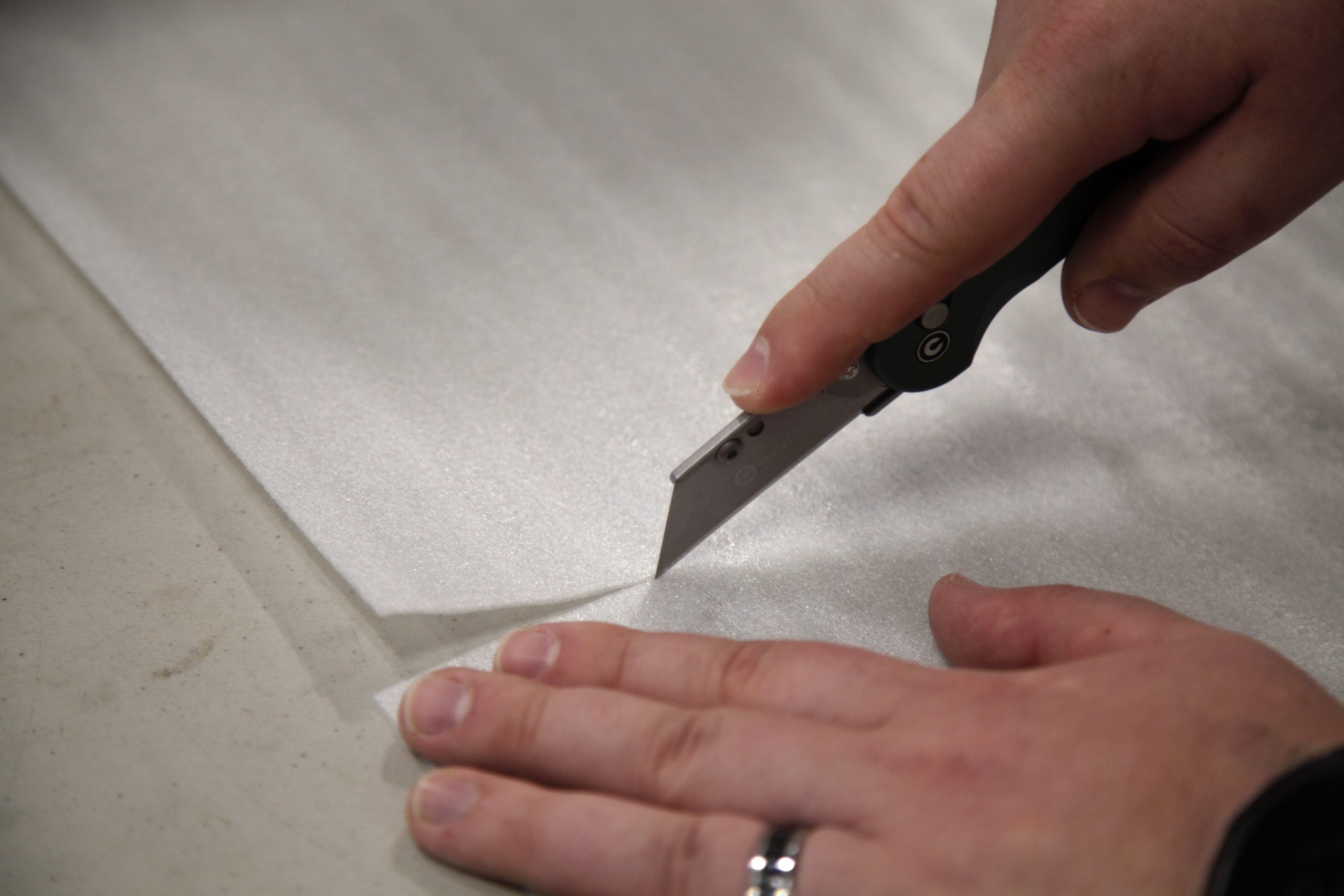The term “Damascus steel” conjures up the image of a beautiful, legendary blade made by a master blacksmith. This artisanal material has dazzled users for centuries, and countless tools, weapons, and pieces of jewelry have been made with it. Admittedly, it’s unlike the steel we all know and love, and the first time you see it, you can’t help but wonder what it is, why it is the way it is, and how it was made. If that describes you, you’ve come to the right place! We’re going to break Damascus steel down, from its historical roots to its modern applications.

What is Damascus steel?
Damascus refers to steel forged together with various alloys in an aesthetically pleasing pattern. While they can offer top-notch performance, much like that of conventional steels, Damascus steels are often more prized for their appearance rather than their cutting performance.
Damascus steel takes its name from Damascus, the capital of Syria. Sometimes it’s called Pattern Welded Steel, which is probably the more proper nomenclature. While it was made in Damascus, blacksmiths from other parts of the world developed similar techniques. One of the most famous comes from Japan, where the mighty Katana was made. Regardless, Damascus is the name that stuck in the knife community, so we’ll continue to use it.

For all you Star Wars fans out there, you may have heard of Beskar, the legendary metal the finest Mandalorian weapons and armor are made of. Unfortunately, Beskar isn’t real, but the closest thing to it is Damascus steel. If you’re looking for a Beskar knife for sale, try for a Damascus knife instead. This is the way!
What makes Damascus steel unique?
Most knives are made of a single steel type. When finished, they look uniform and monolithic. While they can be pretty, Damascus steel is where the true art is. Blacksmiths choose different metals to forge and use various forging techniques to develop dozens of interesting patterns. Damascus can’t be made in a factory; it can only be made by a skilled blacksmith. Thanks to that, no two Damascus knives are identical. If you’re wondering why Damascus knives are often so expensive, that’s why.

Since Damascus can be made with almost any steel, sometimes rare and historic metals make their way into knives, too. For instance, Boker makes several knives with Damascus steel forged from rifles, pistols, and even tanks left over from the World Wars!
How is Damascus steel made?
Damascus steel is the puff pastry of the metal world. In puff pastry, a beautiful, delicious thing is made by layering dough and butter a ton of times and baking it. In Damascus, a beautiful thing is made by layering steel and other metals a ton of times and dipping it in acid.

To make Damascus steel, a blacksmith starts by selecting a few different metals. Usually it’s two or more steel types, but occasionally other metals like nickel, copper, and others. From there, the blacksmith heats the metal until it’s glowing white-hot, adds a special flux (usually Borax – maybe it’s not that special), and pounds the metals together. This is called forge welding, and it’s much easier to do with carbon steel. It can be done with stainless, but it’s much harder, and therefore more expensive.
When the steel is a solid unit, the blacksmith twists, folds, rolls, or otherwise shapes the steel into a unique pattern. From there, the block of steel, called a billet, is pounded into a flat bar. That bar is taken to a grinder and turned into a knife. Once all the shaping and grinding is done, the last step is to dip the knife into a caustic acid solution. The acid corrodes the different metals at different rates, so some will darken a ton, and others will not. This reveals the pattern in the steel.
New Horizons in Damascus
Here, someone might say “That looks nice! I love the look of Damascus. If only I could have that great look with the performance of traditional steel.”
Lucky for you, you can! Some Damascus steels are made like normal up until the last fold. There, the blacksmith adds a bar of single-alloy steel and forge welds it in the middle. When the knife is ground, the outside looks like Damascus, but the edge and core of the blade are your favorite steel! This process is called Damascus Cladding, and it’s the coolest thing to ever slice bread.

And who says you have to use steel? Some metalworkers have started applying the same technique to new materials like titanium, aluminum, and even gold!
Conclusion: Damascus steel is awesome!
Yes, it’s old, but Damascus steel is far from obsolete. In fact, tons of interesting knives currently in active production have Damascus blades. There are also hundreds of custom makers using it to make the most beautiful knives you’ve ever seen. In fact, some master blacksmiths like Devin Thomas and Chad Nichols, as well as companies like Vegas Forge and Alabama Damascus, are pushing the Damascus envelope even further. They’re developing new and interesting patterns, applying new materials in the mix, and more.

Damascus is a part of knife history and it’s as relevant today as it ever was. Whatever kind of knives you like, you can find a Damascus knife to suit you, and you totally should! A Damascus steel knife carries with it hundreds of years of metallurgical history, and not only does it look good, but it will perform, too. What are you waiting for? Go find your knife!



